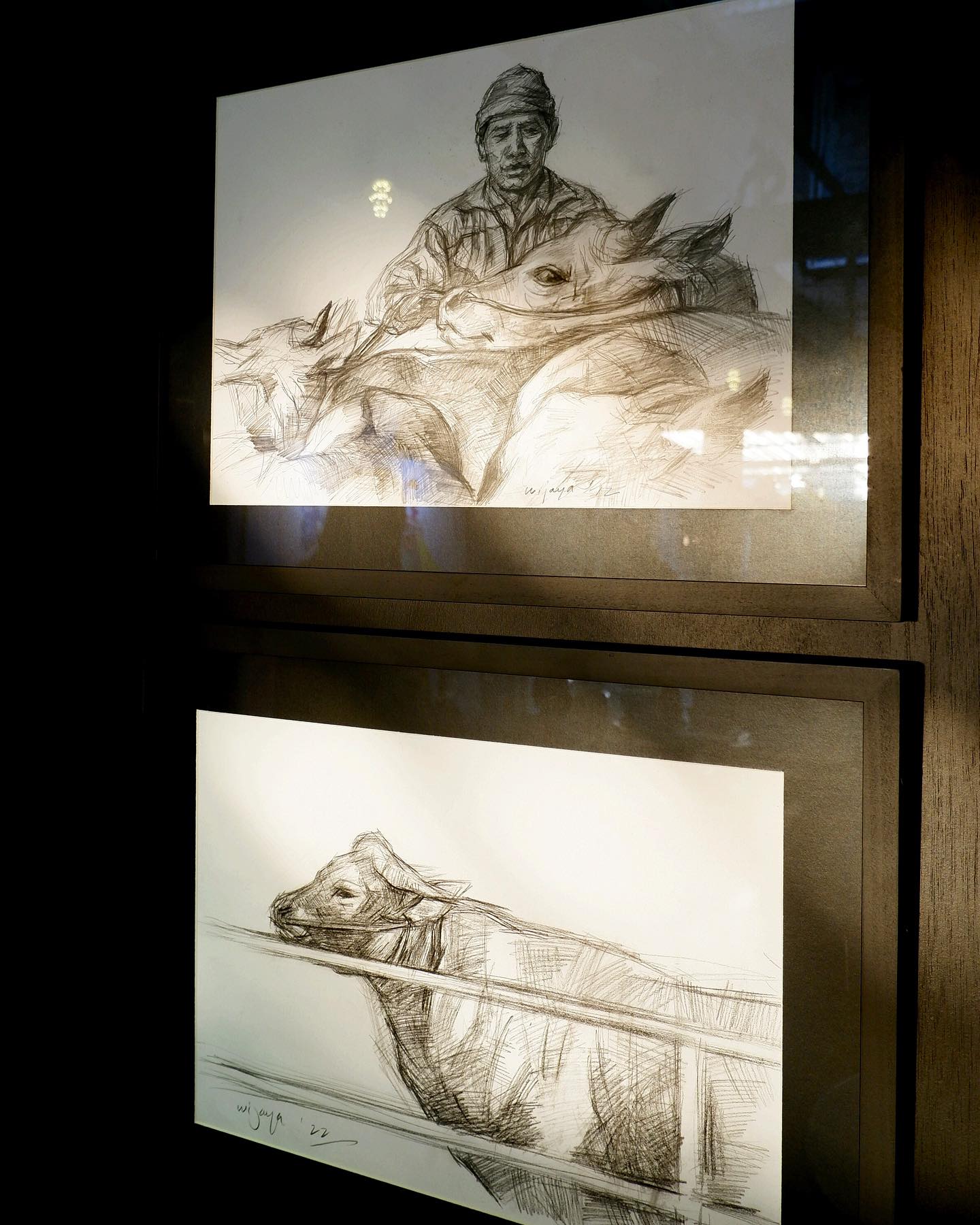- TPB: “What inspired you to start Lima Watch?”
H: “I’ve been fascinated by watches for a long time. I actually spent my very first paycheck back in 2002 on a proper automatic Seiko. Around 2012, I started thinking seriously about creating my own watch brand. Even though I was completely clueless about watchmaking at the time, I began researching and learning as much as I could. By 2014, I finally launched Lima Watch. It really came from a mix of personal passion and a strong desire to build something of my own.”
- TPB: “How did your background in graphic and multimedia design influence its creation?”
H: “My background is quite multidisciplinary. I studied Graphic Design and Multimedia Design, which covered everything from visual design to coding and filmmaking. That experience shaped how I approached building Lima Watch. I developed the watches the same way I would tackle a graphic design project, paying close attention to proportion, geometry, and how visuals can evoke emotion. That’s why Lima Watch started with a very aesthetic-driven philosophy.”
- TPB: “Lima Watch is known for its clean lines and exploration of unique materials. How do you approach material selection and integrate it into your design process?”
H: “At first, we used wood because it was practical for small production, no minimum order like stainless steel, plus I’ve always loved wood and furniture. That naturally flowed into our watch design. Later we explored stainless steel, but the idea stayed the same: clean lines and materials that appeal to the senses. After COVID, I wanted to tap into a more serious watch market, so we tried mechanical models with external winding keys inspired by industrial design and robots. From there, we just kept refining cases, dials, and straps based on what collectors liked.”
- TPB: “You’ve collaborated with a diverse range of creatives. What do these collaborations mean to you and Lima Watch?”
H: “Collaboration for me is about keeping the creative energy alive. We’ve worked with product designers, illustrators, even Disney Indonesia. Sometimes it’s just for fun and more content-driven, other times it’s strategic, like when I approached Romaric from seconde/seconde/ in Paris. Projects like that open doors, create buzz, and often become our best sellers. But collabs have to be thoughtful. Watches have high MOQs, so partners need to fit our world. I always want it to feel organic, not forced.”
- TPB: “How do you define timeless design at Lima Watch, and how do you ensure your pieces stay relevant across changing trends?”
H: “Watches sit in their own space. Even at the same price, you’ll see everything from big Richard Mille-style cases to small vintage pieces. I’m drawn to vintage watches from the 1950s and 60s, I collect them, and they influence all my work. My goal is to bring that vintage feel into a more contemporary look. It’s about subtle updates, something familiar yet new. Too radical, people can’t connect, too safe, it’s boring. Finding that balance is what makes design so tough but also so rewarding. I think that’s why Lima Watch speaks to a niche audience that values design beyond just trends.”
- TPB: “Can you share the most challenging project you’ve worked on at Lima Watch, and what you learned from it?
H: “One of our toughest projects was designing the unique case shapes. It sounds small, but making a watch just slightly off-round so it’s distinctive without feeling awkward is incredibly tricky. If it’s too new, people find it alien, not new enough, it’s just another watch. Finding that sweet spot took countless sketches and revisions. The ideas are the real challenge. But pushing through, refining the shapes, and finally seeing them on wrists, that’s the most fulfilling part.”
- TPB: “Lima Watch has received multiple Indonesia Good Design Selection and Good Design Indonesia awards. How have these recognitions impacted your journey as a designer and entrepreneur?”
H: “We’ve been honored to win several Indonesia Good Design Selection and Good Design Indonesia Awards. It doesn’t directly impact sales since our market isn’t very design-focused, but it brings in young designers and students. Many apply for internships, and since Lima is mostly a one-man show, their help is invaluable, from brainstorming to prototyping. Every piece we’ve made has their fingerprints on it”
- TPB: “What’s next for Lima Watch? Any upcoming designs, materials, or collaborations you’re excited about?”
H: “Our principle is to release one truly new design each year, not just a dial change, but something fundamentally different. It’s slow, but makes sure each piece is well thought-out. Meanwhile we keep restocking popular models like the Kronosprinter and refining details like straps. Watches have long life cycles, so we focus on depth over speed. As for the next big idea, I like to stay open and see where it goes.”
- TPB: “As someone who moved from web design to watches, what advice would you give to designers who want to branch into product design or start their own brand?”
H: “Design today isn’t just for designers, everyone does it, whether picking paint colors or arranging furniture. If you want to start your own brand, start small, stay adaptable, and don’t set rigid goals. I never aimed for a big team or giant targets. Lima Watch grew because I stayed curious, open to change, and kept learning. You have to embrace that evolution or you’ll get stuck. Sometimes you just have to go with the flow, take creative breaks, and be okay with not knowing. That’s what keeps the work honest and exciting.”




